- Homepage
- News and Features
- Bernard Findlay's distinguished career at Portstewart
Bernard Findlay's distinguished career at Portstewart
Bernard Findlay spent a career making things better than he found them, but it wasn’t in his nature to simply stop and admire his handiwork. Whenever he beheld the inarguable and ever-evolving beauty of Portstewart Golf Club – which he did practically every day for almost 40 years – it was always the imperfections that preoccupied him.
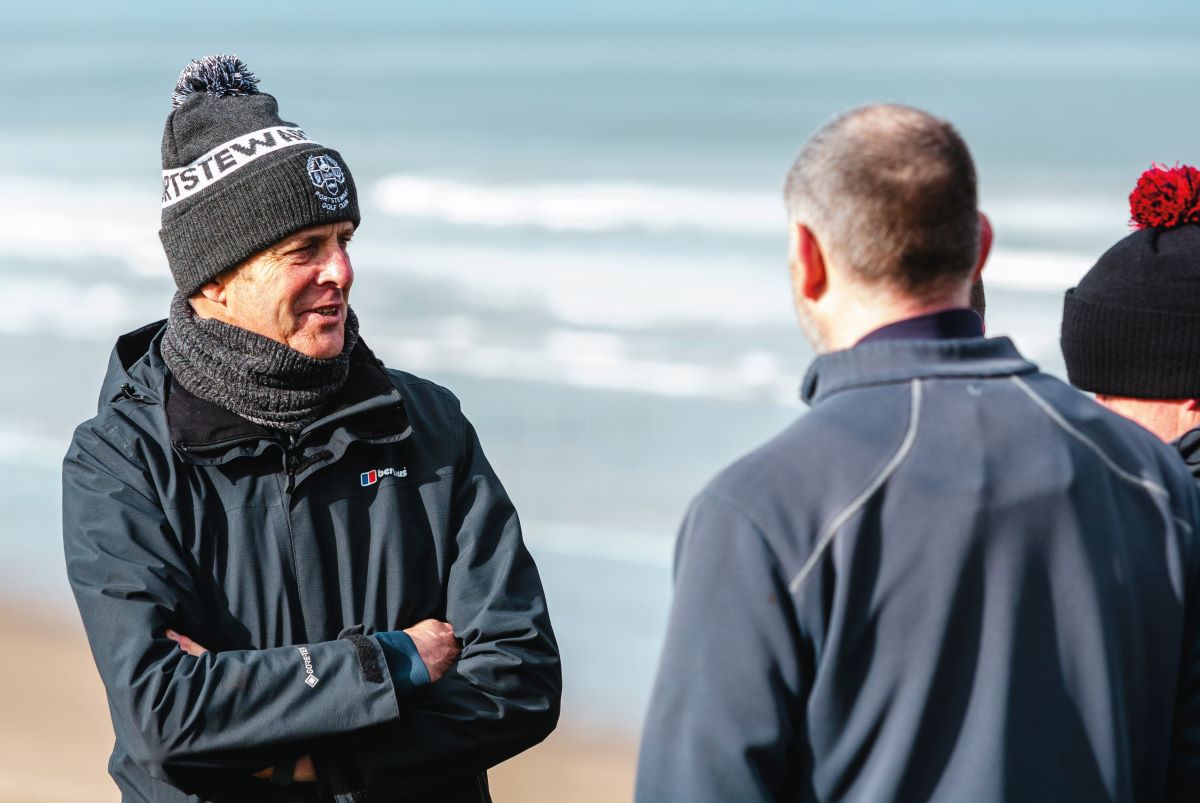
Such is the lot of a greenkeeper, chasing perfection where it can’t be found, finding fault where scarcely anyone else can detect it and fixing problems few knew existed. However, it’s that level of attention to detail that served Findlay so well over a long career - a career that came to an end in March of this year.
Here, he reflects on that 52-year journey and looks ahead to what comes next.
School’s out forever
Born in 1957, Findlay was a pupil in the last year group who were able to “escape from school” at the age of 15, and he didn’t hesitate to do just that. Despite being born and raised in south London, Findlay was surrounded by golf courses, counting as many as 12 within a seven-mile radius of his home in South Norwood. Among them was Shirley Park, where his brother Joe was already employed.
Findlay didn’t have any grand career plans, but he did know that working outside appealed to him, and his older sibling seemed to like his job.
“I wanted to work outdoors and being on a golf course certainly fitted the bill. It was hard graft,” he said. “I started as an apprentice under the watchful eye of a very good greenkeeper by the name of Bill Machin, who was instrumental in the greenkeepers’ association of the time.
“My time at Shirley Park and doing the apprenticeship made me realise this was definitely what I wanted to do. I enjoyed being one of the lads and it was a busy parkland course with plenty of trees, lots of work with the chainsaw, and the chance to gain experience of problem-solving in greenkeeping.”
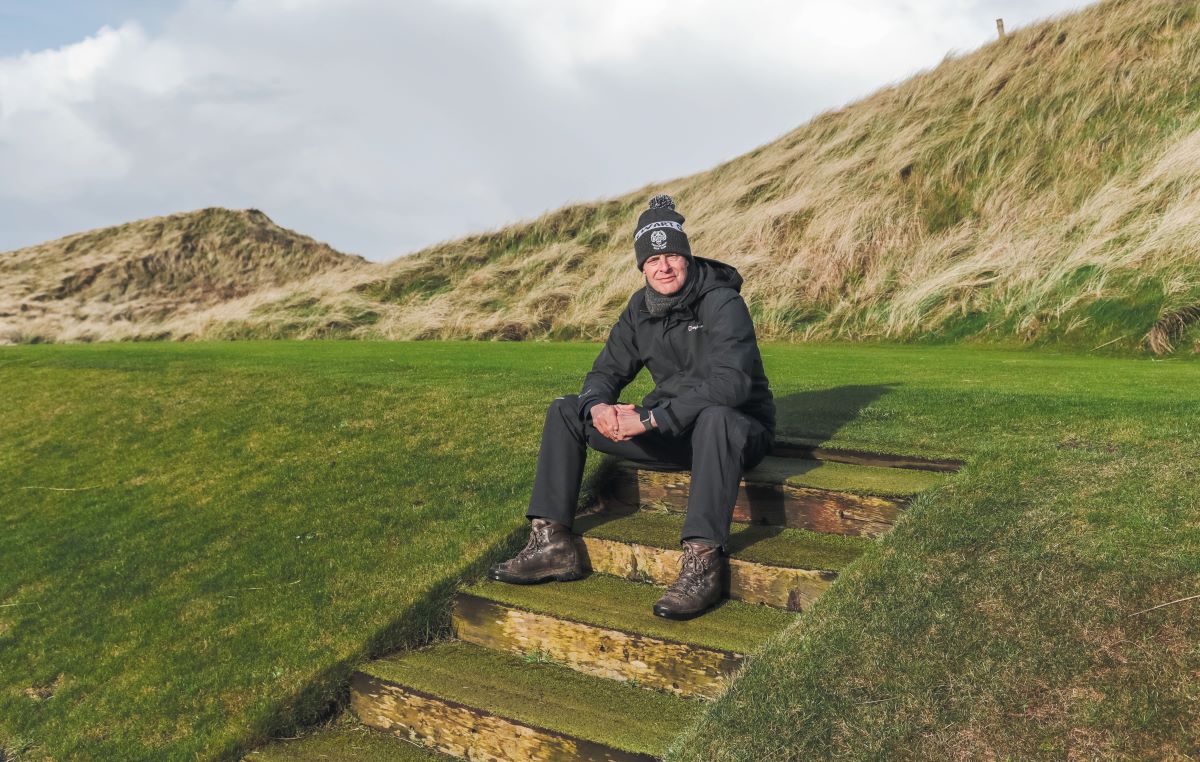
The journey to Portstewart
Even as a teenager, Findlay was beginning to form much clearer ideas about how this job that he enjoyed so much might translate into a career. He was hungry to move up the ladder and seized the opportunity at nearby Croham Hurst, where Findlay set his sights on becoming first assistant to George Brown, a role he soon claimed for his own after furthering his education at Merrist Wood College, where he was named Top Student in 1975.
His first head greenkeeper position was not long in coming, with the now defunct Hurst GC in Reading giving Findlay the opportunity to do what he does best – find and fix problems.
“I was there for about six years, and it broadened my experience a fair bit. I got involved with all the issues they had going on there with drainage, and there was the opportunity to work on rebuilding parts of the course. All of that appealed to me.”
Those various postings around London and the Home Counties were preparing Findlay for a bigger challenge at a place where he could really make his mark. He would soon find out where that place would be, and once again his brother – who had moved to Royal Portrush as head greenkeeper in 1975 – had a role to play in taking him there.
“Joe told me there was a job coming up at Portstewart and I made enquiries. I was told they wanted a course manager and someone to oversee development work in the dune system associated with the golf course, a piece of land called Thistly Hollow which the club owned – it was spectacular, absolutely spectacular.”
The job seemed made for Findlay, appealing directly to his desire to be involved in something that required thought, planning, imagination and no small amount of elbow grease. It took little time for either party to make their mind up – Findlay applied, and the job was his.
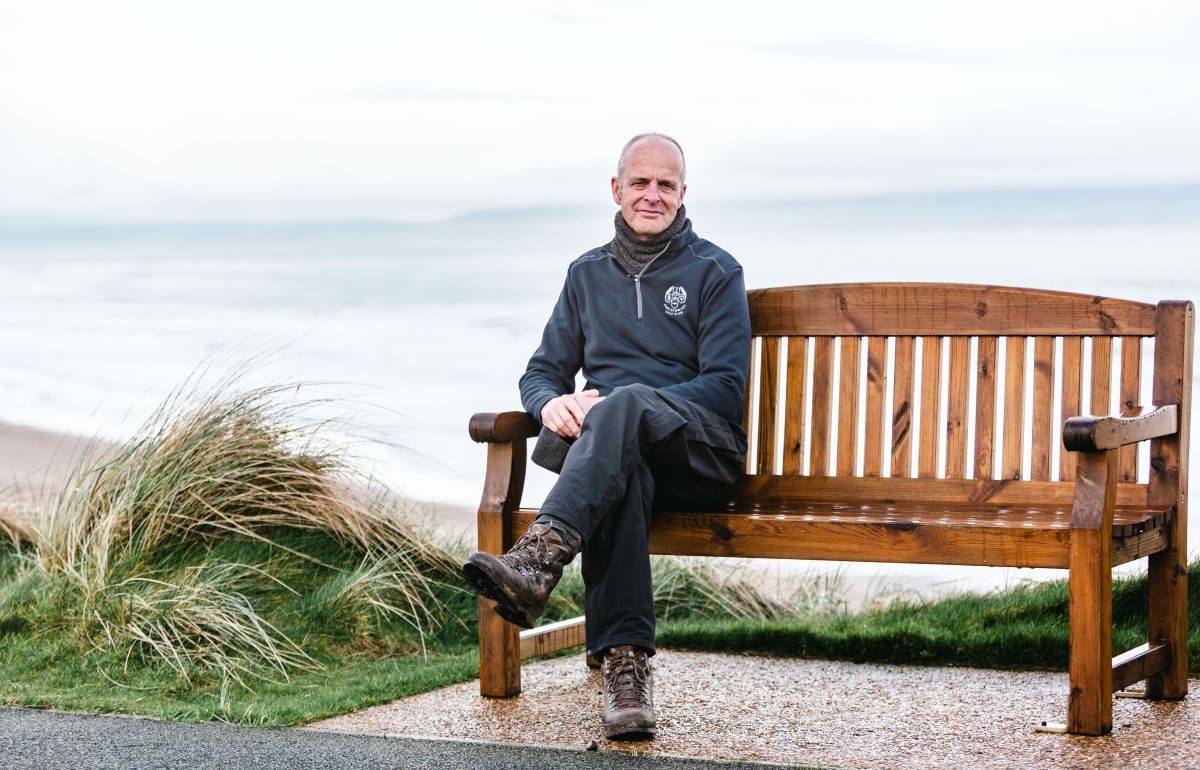
Moving to Portstewart
Findlay did not harbour the same misgivings that some may have had over a move to Northern Ireland in the 1980s, not least because he had visited many times in the preceding years and found a place full of beauty and warmth, particularly on the north coast that was now to become his home. Nonetheless, any move requires a degree of adjustment and Findlay was bringing his young family along.
“As you can imagine there was a lot to get used to. After all, I had moved home, job and culture, but lots of people were immediately very helpful and friendly, including my brother Joe and the Portstewart Golf Club staff and members.”
He was also welcomed by Michael Moss, club manager from 1978 until 2017, who Findlay described as a “fantastic manager of people”, while also reserving praise for his successor and current incumbent David MacLaren, whose “knowledge of golf is second to none”.
Findlay had real agency in his role and a chance to create a lasting impact with the work in Thistly Hollow – where seven new holes would be created – offering challenge and reward in equal measure. Fortunately, help was at hand.
“At the time there was a greenkeeping staff of 12 and the existing head greenkeeper remained in place. I took over the running of what at the time was two courses, The Strand Course and the Old Course. The development work that followed was overseen by me, along with a chap called Des Giffin, who was the designer of these new holes to link up to The Strand.
“I had been asked at my interview what I thought about the venture into Thistly Hollow – I had no experience of development in a dune system, especially something as spectacular as Portstewart had in their portfolio, and they didn’t know how to develop it either. My answer was a simple one: I can work to the specification drawn up by a golf course architect. That seemed to satisfy them. I wasn’t aware my golf course architect was actually a schoolteacher who played a lot of golf!”
There was a degree of trial and error to it all, but Findlay possesses an analytical mind and could make educated guesses about the impacts and outcomes of any proposed course of action. This is after all the man who delivered a presentation under the title ‘Can you build a seaside links or is that nature’s job?’ and won widespread acclaim, with the renowned Jim Arthur among those to congratulate him. By the September of his first year in post, a pilot hole had been built – the first step in what was to prove a hugely successful undertaking, with Findlay quick to credit his team for making it so.
“I didn’t have experience of that scale of construction in what was obviously a very natural area, but what I did have is that I had inherited a very practical greenkeeping staff. Now, I was an Englishman coming into a Northern Irish setup, so I won’t say it was easy, but most of the people that I worked with were fantastic. They’ve got an endless amount of practical experience and an ability to make do with what they had. We weren’t a particularly wealthy club – the wealthy club was three miles along the road – but those seven holes were built for under £100,000.”
After a steep learning curve, Findlay was proud to see The Strand Course host the Irish Close Championship in 1992 – paving the way for other high-calibre tournaments to follow.
The layout was a hit, inviting players to pit their wits against a course whose natural and man-made elements blended seamlessly in a vision that was at once new and exciting and yet also traditional and established.
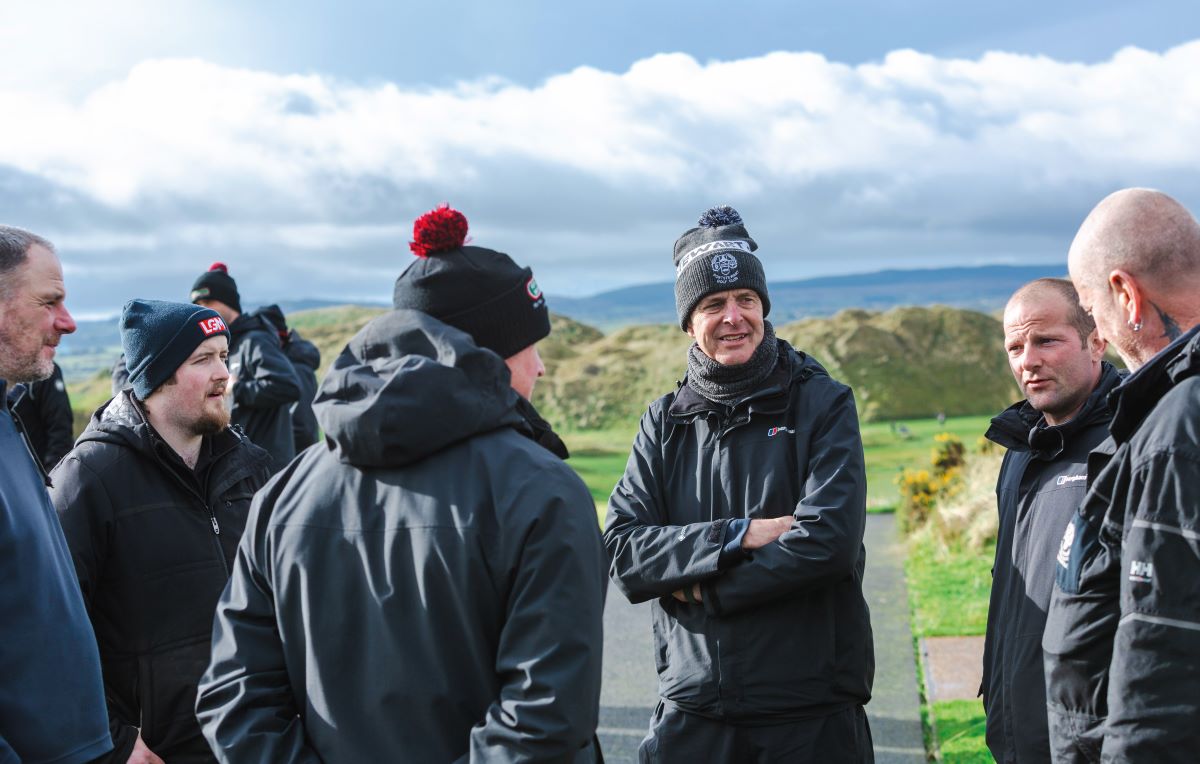
Find the negatives, put them right
After decades of alterations, improvements and refinements, Portstewart has to Findlay’s mind remained steadfastly unchanged in one defining element.
“It’s always been a building site; they have never stood still,” he explained. “But my job in all of that has been to not look at the place through rose-coloured spectacles, but to look at the areas and find fault with them and see the negatives, and then make list after list of all the things that I want to put right.
“That’s the way I have viewed my job to a certain extent – find the negatives and put it right. If things don’t meet my own expectations, then I’m not happy.”
The building site vibe will remain, with the club having embarked on an ambitious plan for further development across several phases, including upgrading the practice facilities and the selective development of both the Strand and Riverside courses under the guidance of world-class golf architecture practice, European Golf Design.
Leaving it all behind
It’s something Findlay would gladly be involved with, but he has a rich life away from work, and he plans to enjoy that.
“I suppose some people may say I’m fairly possessive; perhaps that’s part of the reason I’ve had success. But without a doubt, I want to go out and enjoy myself and have the time to do other things – stay in bed until eight in the morning, I like to draw, I enjoy photography, I’ve got beautiful grandchildren. I might even play a bit of golf as well.” GI
General Manager David MacLaren on Findlay
“Bernard completed over 38 years’ service at Portstewart. That is in itself an incredible feat, but to have presided over everything from an Irish Open to the creation of world-renowned new golf holes is testament to Bernard’s commitment, resilience, knowledge and sheer determination to continually move the golf club forward. His retirement leaves a colossal gap in the life not just of the club but also of members, colleagues and the team of excellent greenkeepers that he has built.
Bernard has put his heart and soul into the rise of Portstewart, some aspects of which only he properly understands. Everyone with any connection to or relationship with Portstewart owes Bernard a huge debt of gratitude, and future generations will also benefit from the work of a truly great course manager.”
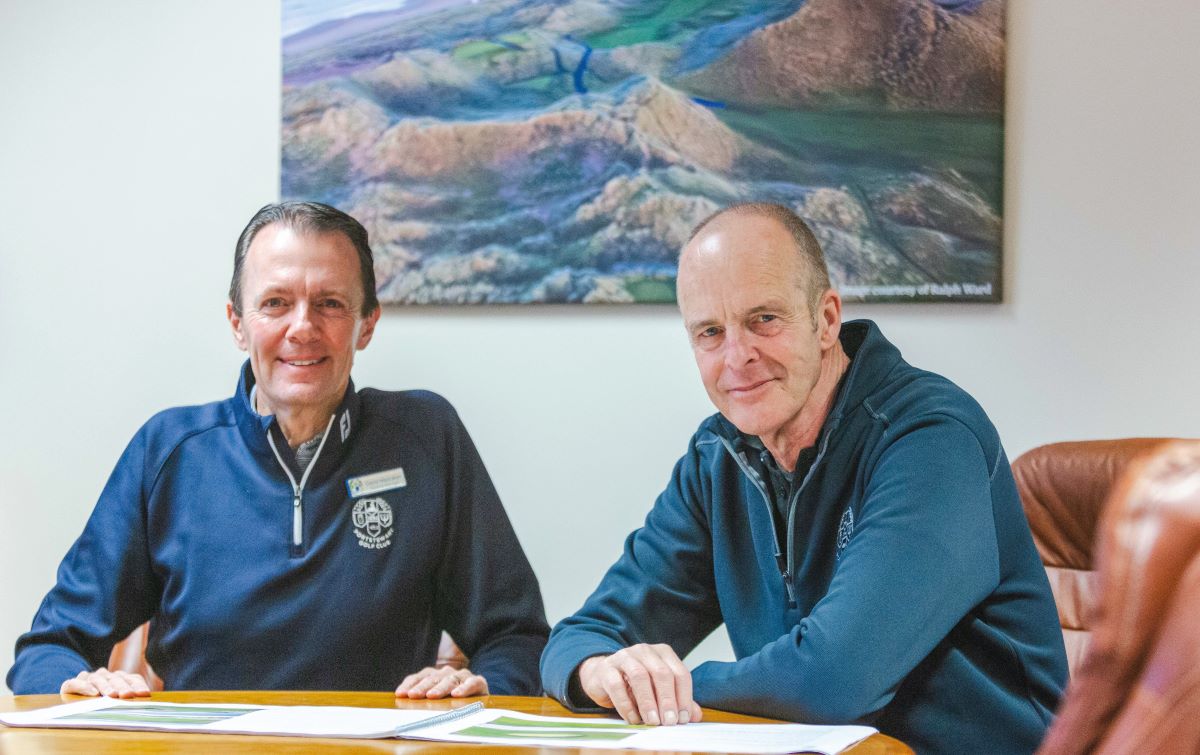
Findlay’s five traits for success
- Education – I have been involved in the interview process for my successor. Each of the final candidates were armed with an impressive level of greenkeeping education, up to degree level in some cases.
- Practical ability – There is no escaping the fact a good course manager must have hands-on practical experience in so many areas of the industry. You cannot bluff your way to the top
- Dedication – Be prepared to drop everything to return to work for meetings, irrigation problems, vandalism, weather-related issues, machinery breakdowns…
- An eye for detail – Our work is under the magnifying glass by both amateur and professional players in some cases. Pre-empting their critique by paying attention to detail can only enhance your reputation.
- Empathy – Do you understand what you are asking of your fellow workmate? This trait is heavily linked to both a practical greenkeeping ability and knowledge, important when managing people.
About Portstewart
Founded in 1894, Portstewart isn’t a modern club. However, a portion of the course is, with The Strand Course being renovated in 1992, when Findlay oversaw the construction of seven holes through the dunes in an area known as Thistly Hollow.
Portstewart has a history of being developed to designs by those who know it best. In 1934 the course was enlarged to 18 holes and designed in part by James Rea, the greenkeeper at the time. A.G. Gow of Portrush designed the first Strand Course in 1908 and then Des Giffin, a member and schoolteacher, designed the present 18-hole layout, built by Bernard in 1992. He also designed a 9-hole course, which became known as the Riverside and was expanded by Bernard to 18 holes in 2003.
The Strand Course is recognised as one of the UK and Ireland’s very best links layouts and, in addition to many national and international amateur championships, in 2017 it hosted the Irish Open, won by Jon Rahm.

Meet the Portstewart team
Findlay’s career timeline
Author

